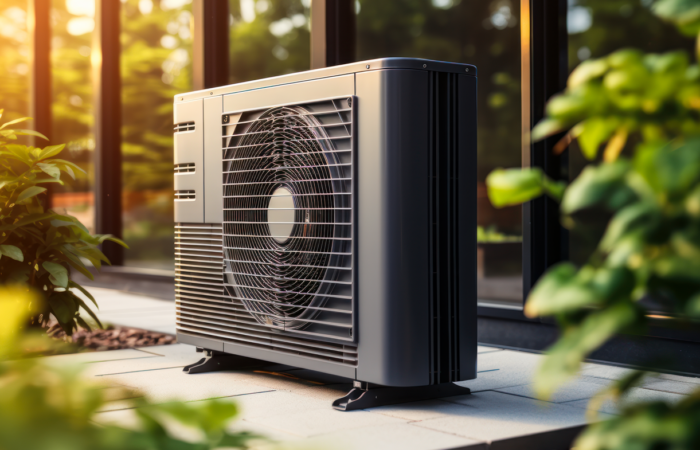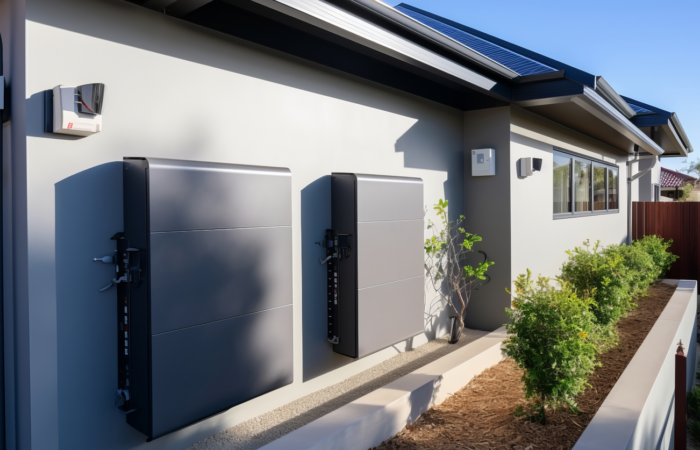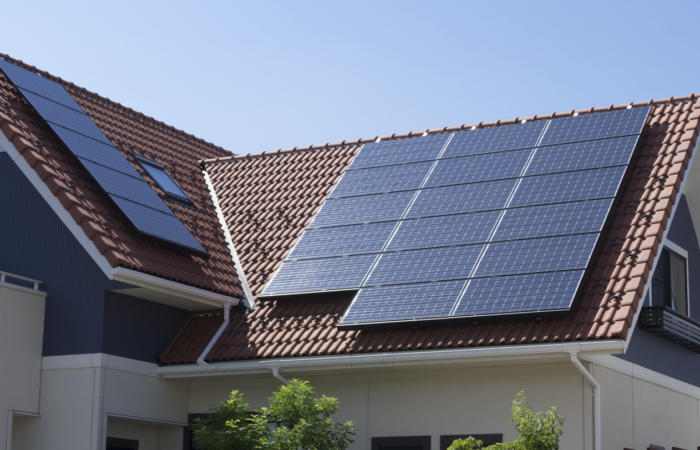At Ashby Eco, we specialize in the design & installation of renewable energy solutions such as Solar PV, Battery Storage, EV Charging and Heat Pumps. Our team of experts are dedicated to providing high-quality installations that are efficient, cost-effective, and environmentally friendly. With our commitment to sustainability and cutting-edge technology, we strive to help our clients reduce their carbon footprint and save on energy costs.
- Air Source Heat Pumps
 View Full Story
View Full Story- Site assessment to determine the most suitable location for air source heat pump installation based on factors such as space availability, airflow, and noise considerations
- Selection of appropriate air source heat pump system based on heating and cooling requirements, energy efficiency ratings, and environmental impact
- Installation of outdoor and indoor units, refrigerant lines, and electrical connections in accordance with manufacturer guidelines and industry best practices
- Integration of the heat pump system with existing HVAC systems or other heating/cooling equipment
- Training for end-users on how to operate and maintain the air source heat pump system for optimal efficiency and comfort
- Battery Storage
 View Full Story
View Full Story- Determine the most suitable location for battery storage installation based on factors such as space availability, electrical infrastructure, and load requirements
- Selection of appropriate battery technology (e.g., lithium-ion, lead-acid) based on factors such as capacity, efficiency, and lifespan
- Design and installation of battery storage system components, including batteries, inverters, charge controllers, and monitoring systems
- Integration of battery storage system with existing electrical systems, such as solar panels or grid connections
- Implementation of energy management strategies to optimize battery usage and maximize energy savings
- EV Charger Installation
 View Full Story
View Full Story- Survey to determine the most suitable location for EV charger installation based on factors such as proximity to electrical supply, parking availability, and accessibility for EV owners
- Selection of appropriate EV charger type (level 1, level 2, or DC fast charger) based on charging speed requirements, user demand, and budget considerations
- Coordination with electricians and utility providers to ensure proper electrical supply and infrastructure for EV charger installation
- Installation of EV charger components, including the charging unit, mounting hardware, electrical connections, and signage
- Integration of the EV charger with payment systems, monitoring software, and other smart features for user convenience and management
- Ground Source Heat Pumps
 View Full Story
View Full Story- Feasibility assessment of installing a ground source heat pump system based on soil conditions, available land area, and geological factors
- Designing the ground source heat pump system layout, including the placement of ground loops or boreholes for heat exchange with the ground
- Excavation and installation of ground loops or boreholes to facilitate the transfer of heat between the ground and the heat pump system
- Installation of the heat pump unit, including the compressor, heat exchanger, and distribution system
- Testing and commissioning of the ground source heat pump system to ensure proper operation and efficiency
- MVHR Installations
 View Full Story
View Full Story- Selection of appropriate MVHR unit based on building size, occupancy levels, and ventilation needs
- Installation of ductwork and ventilation pipes to distribute fresh air and extract stale air throughout the building
- Connection of the MVHR unit to the building’s electrical system and integration with other HVAC components
- Commissioning and testing of the MVHR system to ensure proper air flow, heat recovery efficiency, and overall performance
- Balancing of air flow rates and adjustment of settings to optimise ventilation and energy efficiency
- Solar PV
 View Full Story
View Full Story- Evaluate the solar potential of the site location, including factors such as sun exposure, shading, and roof orientation
- Design of the solar PV system based on energy needs, available space, and budget constraints
- Installation of solar panels on the roof or ground-mounted system, ensuring proper alignment and secure mounting
- Integration of the solar PV system with the existing electrical grid or battery storage system
- Compliance with building codes, regulations, and utility requirements for solar PV installation
Showcasing Our Commitment to Sustainable Solutions: Dark House Lane Success Story
At Ashby Electrical, we are proud to have played a crucial role in the successful completion of the Dark House Lane development, in partnership with Morro Partnerships and Black Country Housing Group. This project highlights our dedication to delivering high-quality, eco-friendly electrical solutions that enhance residential communities. The development stands as a testament to our ability to meet the unique needs of modern housing projects, helping to create sustainable and efficient living spaces. Our involvement reflects our commitment to supporting innovative housing initiatives that positively impact local communities.
